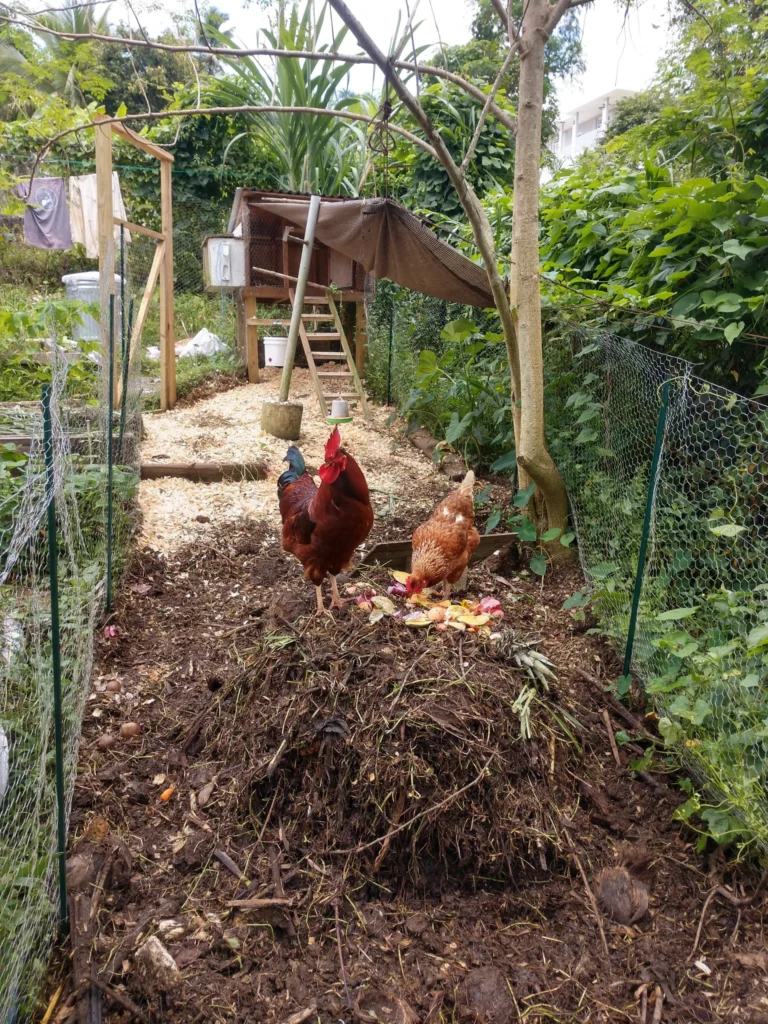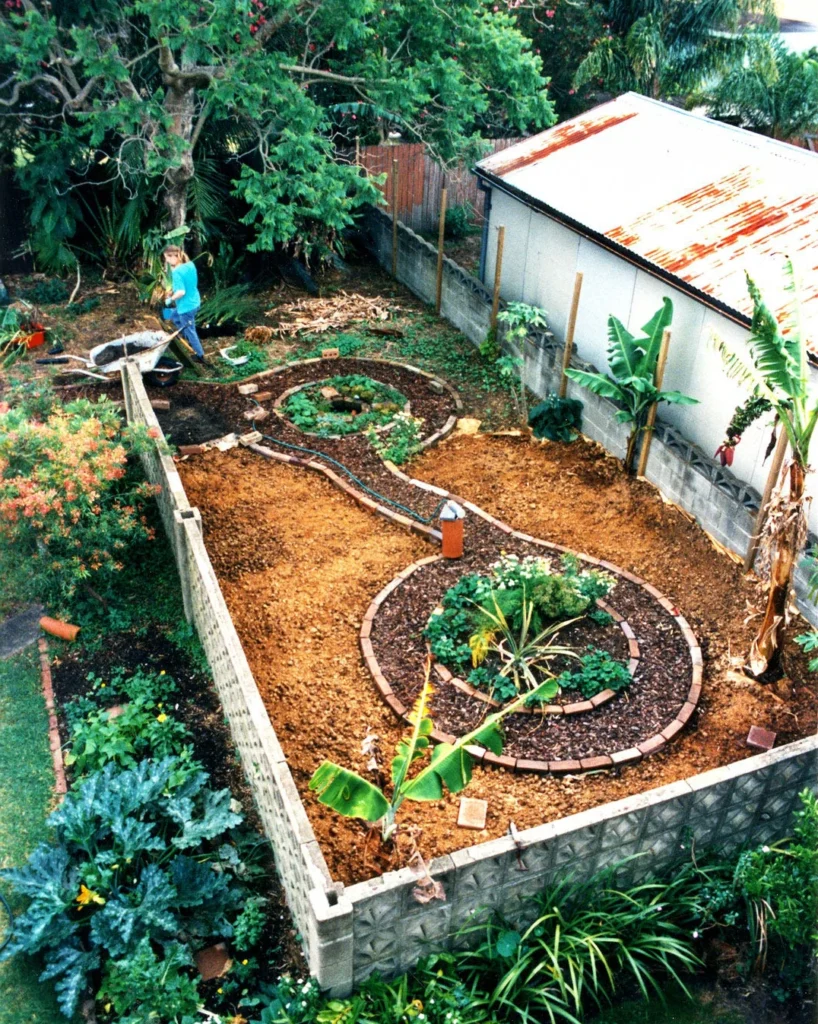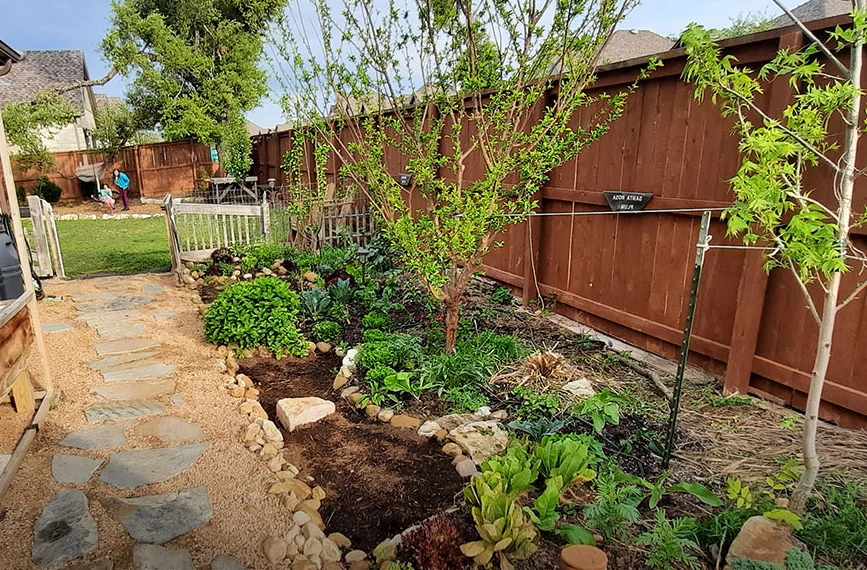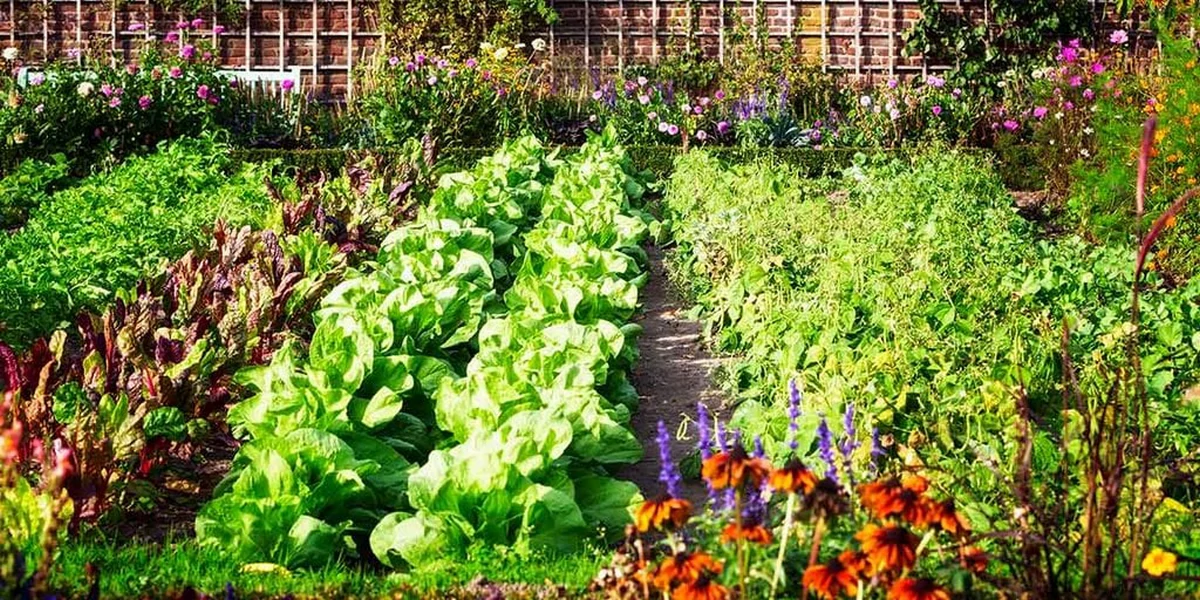This post answers your question what are the 12 principles of permaculture, and shows you how they work on real backyard, urban homestead setups. I’ll share my screw,ups and wins, plus tips you can start using this season.
What Are the 12 Principles of Permaculture Explained by a Regular Guy
Permaculture co founder David Holmgren laid out these 12 design principles to help people work with nature, not against it I’ve applied each one in my homestead life and yeah, sometimes that meant failing first. Let me break them down, in my kind of language:
1. Observe and Interact
“Just watch the system before messing with it.”
One summer I tried swapping the chicken run to the shady side. The chickens refused to go there they preferred the sun. Took weeks to realize I had cock blocks from sunlight patterns. Now I spend a season journaling how shadows, wind, puddles, and pests behave before even digging a bed.

2. Catch and Store Energy
“Save the good stuff when it’s free.”
That old rain barrel under the gutter? Cheapest 60 gallons I ever collected. Now I’ve got solar lights, compost heat, and barrels feeding my garden. I even save kitchen scraps for compost instead of trashing ’em. It’s energy, just in a different form and valuable.
3. Obtain a Yield
“Make sure the system pays you back.”
Every plant or animal should give back something. I don’t grow ornamental grass I grow kale, berries, herbs, or firewood trees. And the chickens? Eggs, bugs, manures. One year I planted only decorative flowers and felt like a dumb fool when harvest season came. Now I always ask: “Yield or no?”
4. Apply Self‑Regulation and Accept Feedback
“If it sucks, change it.”
That mint patch that took over the entire garden? Yeah, I ignored feedback until it was everywhere. Took me three years to dig it out properly. Permaculture means listening when pests increase, adjust plant choices. When compost smells like death, rebuild it. Course correct early.
5. Use and Value Renewable Resources
“Use what nature gives you, and reuse what you already have.”
We use sunlight, rainwater, compost, chickens, hand tools. I repurpose scrap wood for raised beds. I use fallen leaves as mulch. I swapped my gas blower for a rake. I’ve realized I don’t need endless resources when nature gives me plenty.
6. Produce No Waste
“Nothing is trash unless you say it is.”
Food scraps feed compost or worms. Eggshells go to the garden. Old socks become plant ties. Chicken manure becomes tomato food. Even that mound of weeds becomes mulch. I screw up compost sometimes, but at least I try to recycle everything.
7. Design From Patterns to Details
“Start with the big shape before you optimize the tiny stuff.”
First time I designed a herb spiral at eye level without considering foot traffic. Ended up trampling it to bits. Now I watch where people walk, where water flows, where sun hits, and then plan beds, paths, herb spirals accordingly. Patterns first, then details.

8. Integrate Rather Than Segregate
“Coordination beats isolation.”
I used to keep compost in one corner, chickens in another, veggies elsewhere. Then I moved compost near the coop and veggies near the compost. Chickens scratch and fertilize compost, veggies get better soil, and I spend less hauling. Integration turned three chores into one happy system.
9. Use Small and Slow Solutions
“Go slow, start small, build stable.”
I rebuilt my rainwater system in bits: first a barrel, then another, then connect them. I added ginger, herbs, chickens gradually. If I’d tried to start a farm overnight, I’d be bankrupt and frustrated. Small steps stick.
10. Use and Value Diversity
“Don’t put all your eggs in one garden basket.”
One year I planted tomatoes only. Then blight hit and I lost everything. Now my beds have kale, squash, beans, herbs, berries, flowers. It’s resilient. And the more diversity, the fewer pests and the richer the ecosystem.
11. Use Edges and Value the Marginal
“Life happens at the edges.”
That narrow strip along my fence? I planted beans there. That corner under the stairs? Mushrooms in wood chips. Edges where shade meets sun, compost meets lawn those areas grew my best herbs and small veggies. Don’t ignore fringe zones.

12. Creatively Use and Respond to Change
“Adapt or get left behind.”
We had a late frost, then hail, then drought. I moved seedlings indoors, mulched heavily, switched to drought‑tolerant varieties, and leaned into microgreens. Permaculture means be creative when climate or conditions mess with your plans.
My Real Life Application of the Principles (Example)
I’ll tell one full story to show how these principles actually work in a backyard setup:
Last year I redesigned our veggie patch into a mini food forest. Here’s how permaculture guided each step:
- I watched sun and shade for a season (Observe and Interact).
- I salvaged wood chips and leaves to compost (Catch and Store Energy).
- I planted fruit bushes, herbs, and veggies to get food and mulch yield (Obtain a Yield).
- Mint wanted to take over, so I chained it in pots (Self‑regulation).
- I used trellis poles from scrap wood and old fence boards (Renewables).
- Kitchen scraps and weeds were composted (No Waste).
- I planned paths from patterns of walking routes, sun access, and water flow (Patterns to Details).
- I planted pollinator flowers next to veggies, and put the coop close to compost (Integration).
- I added one raised bed a season at a time (Small & Slow).
- I planted beans, squash, herbs, fruit—diverse guilds (Diversity).
- I used the shady fence strip for shade-loving greens (Edges).
- When summer heat came early, I added shade cloth and swapped crops (Respond to Change).
End result? A garden that gave me food, seeds, compost, pollinators, and beauty and still worked through heatwaves and drought. It felt alive.
Mini‑FAQ from My Backyard (Real Questions, Real Answers)
Q: Do I really need to follow all 12 principles?
A: No. I started with just a few like observing and composting and still learned tons. Over years you can layer more. The principles guide, but don’t bind.
Q: Can permaculture work in a small urban space?
A: 100%. I stressed about having only a patio and balcony once. I built herb spirals, container guilds, vertical veggies. I froze rainwater too. Even a small space can follow the principles.
Q: What if I screw up big?
A: Happens to everyone. I once sheet‑mulched and ended up with termites near my deck (lesson from wikipedia sheet mulching downsides) . I ripped it out, cleaned up, moved plans. That’s applying feedback and adapting.
Quick Starts My Top 3 Tips to Try These Principles Now
- Start with observation. Keep a simple notebook. Watch light, wind, pests, water flow. Do this before adding anything.
- Collect scraps now. Kitchen peelings, fallen leaves, grass clippings start a messy compost pile. That’s principle 6 in action.
- Add one new plant guild. Put three types of plants together: a fruit tree, a nitrogen fixer like beans, and herbs for pollinators. That hits diversity, integration, yield.
Why Understanding What Are the 12 Principles of Permaculture Matters
Because this isn’t academic. It’s tools for real world resilience. If you garden, raise chickens, preserve food, or just try to live more self sufficient these principles keep you moving in the right direction. They help make mistakes small, systems useful, and yields real.
You don’t need a forest, acres, or fancy tech. You just need to think, design, and adapt. Permaculture is about working with nature, not against it.
Final Thoughts
So yeah, what are the 12 principles of permaculture? They’re your compass to a system that yields food, conserves energy, builds soil, works with nature, and adapts to change. I still mess up every season. But each time I learn something new and it makes my backyard more productive and resilient.
If you’re curious or stuck on one of them like how to integrate chickens into a garden, or layer guilds in a pot drop me a line in the comments. I actually answer. And hey, if you mess up, that’s cool I probably did it too once.
You got this. Let nature help guide you.

